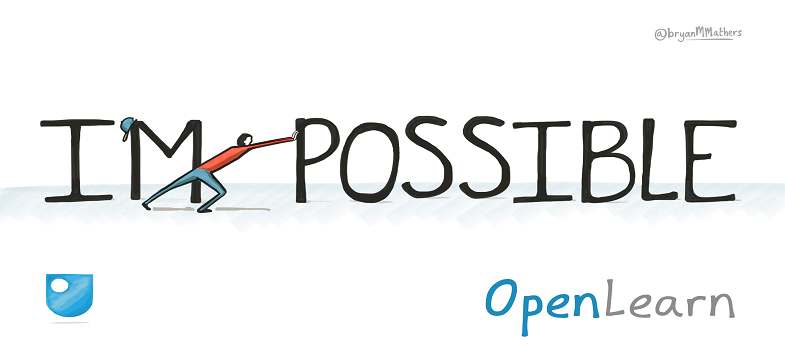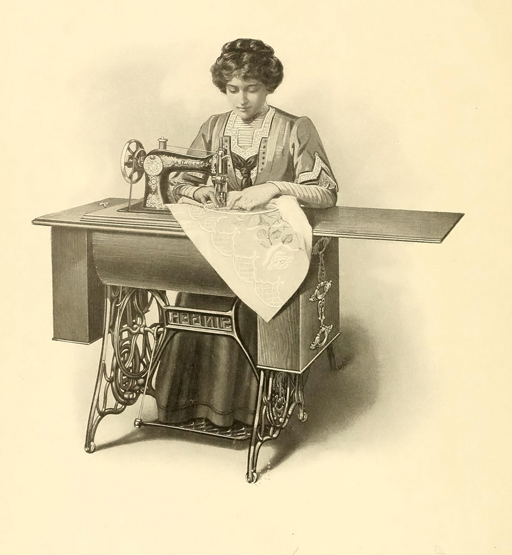3.4.1 Images and accessibility
Is your course likely to include lots of images or animations to illustrate a point visually and perhaps aurally to learners? If you have ever created an animation of a concept did you test it with learners who have visual or audio impairments and if so what was their reaction to your animation?
Providing an alternative version to help these people gain the same knowledge as those without visual impairment or dyslexia is important and sometimes the textual description of an image or diagram, a transcript or description of an animation proves to be a useful supplement to learners who can see the image or animation and gives a textual perspective on what they observe. In addition, for learners whose first language is not the same as that in which the course is delivered will appreciate a transcript of an animation which includes captions as vital parts of the message because they can get the transcript translated. Some people with dyslexia find descriptions of complex diagrams or figures helpful – even if it is text which they may find hard to read, they can get a long description read out loud by computer software to ‘talk them through’ the image or diagram.
OU accessibility guidelines for staff state that a visual element needs describing if:
- it contains essential information which is not readily accessible anywhere else e.g. a graph with data needed to complete an assignment; a map with rainfall data to be interpreted in a self assessment question or a photograph used as a basis for discussion
- it is a visual summary of a long section which has no text summary
- there is no caption or the caption is not adequate
- it introduces a type of diagram commonly used in subject areas
- it is being used to teach how to use a particular type of diagram rather than, or in addition to conveying information.
Therefore it is really good practice to provide an image description which goes beyond the title of the image.
The following optional activity will guide you through the issues you need to consider when describing an image which will be included in your course. Because it is an activity which asks you to describe the image provided, in this instance an image description is not provided with the image. If you have a visual impairment and cannot see this image to be able to describe it, you may still find the steps of the activity a useful demonstration of how image description is done.
Activity 1
You are writing a course about sewing. You have picked the following image to illustrate the history of sewing and specifically about the arrival of the home sewing machine in the nineteenth century.
Think about how you will describe it to visually impaired learners so that they can gain some information from the image which will contribute to their understanding of the point you are making.
You are using the image to explain the topic. What features of the image would you pick out as the key reasons you chose the image for this purpose? How can you keep the description concise and clear?
Write a description of the image with these thoughts in mind.
Hint: Use words like ‘foreground’, ‘background’, ‘left’, ‘right’, ‘centre’ to help with describing the position of different elements in the image. You could also use, numbers and sizes. You can use colour words even though blind people will not have seen colours and some people are colour blind, because colours are so widely referenced, learners will already be familiar with the concept of colour used for description.
Discussion
Here is an example of a description for the image: The image illustrates an early Singer Sewing and embroidery machine being used by a woman who is wearing a long dark skirt with a blouse and overcoat edged with smart braid, which places the date of this image before the first world war. The woman, who has her hair pinned up around her head, is sitting behind the machine and facing forwards out of the picture, though she is looking down at her work as she sews a large piece of cloth with an embroidery frame. The sewing machine is mounted on its own cast iron frame and table with an integrated mechanical foot treadle. Across the centre of the frame under the machine, the word ‘Singer’ is written backwards in the cast iron, it also appears written forwards on the sewing machine. On the right, the table for the sewing machine has been extended to allow for larger pieces of fabric to be sewn. Under the table and on either side of the cast iron frame, closed wooden boxes are suspended from the table platform. The image is in sepia tones and appears to be a drawing or engraving rather than a photograph. There is light shading behind the woman in the background.
Your long description may have covered some or all of these points. The most important issue is that the description should be factual, clear, concise and helpful to the learner. It should not include an interpretation of the picture, as that would be done in the subsequent discussion in the course content. For example, in this instance a course author might wish to point out that the woman is smartly dressed and the machine is a specialised embroidery machine, indicating a family which is able to afford a luxury item, and depending on the focus of the course, the associated social and cultural implications of these points.
If you were describing a chart or a diagram, you may use measures or figures to explain the positions of important elements, this is not usually necessary when describing a picture.
Finally, by its very nature this learning activity would be difficult for a visually impaired person to complete. In this case, we made the activity optional and suggested that reading through the process steps and the discussion would be useful for people to whom this is less than fully accessible. However if this activity was essential to completing the course successfully, it would be very important to provide an alternative activity which is fully accessible for visually impaired learners to give them an equal chance of participating and successfully completing the course.
3.4 Alternative formats

